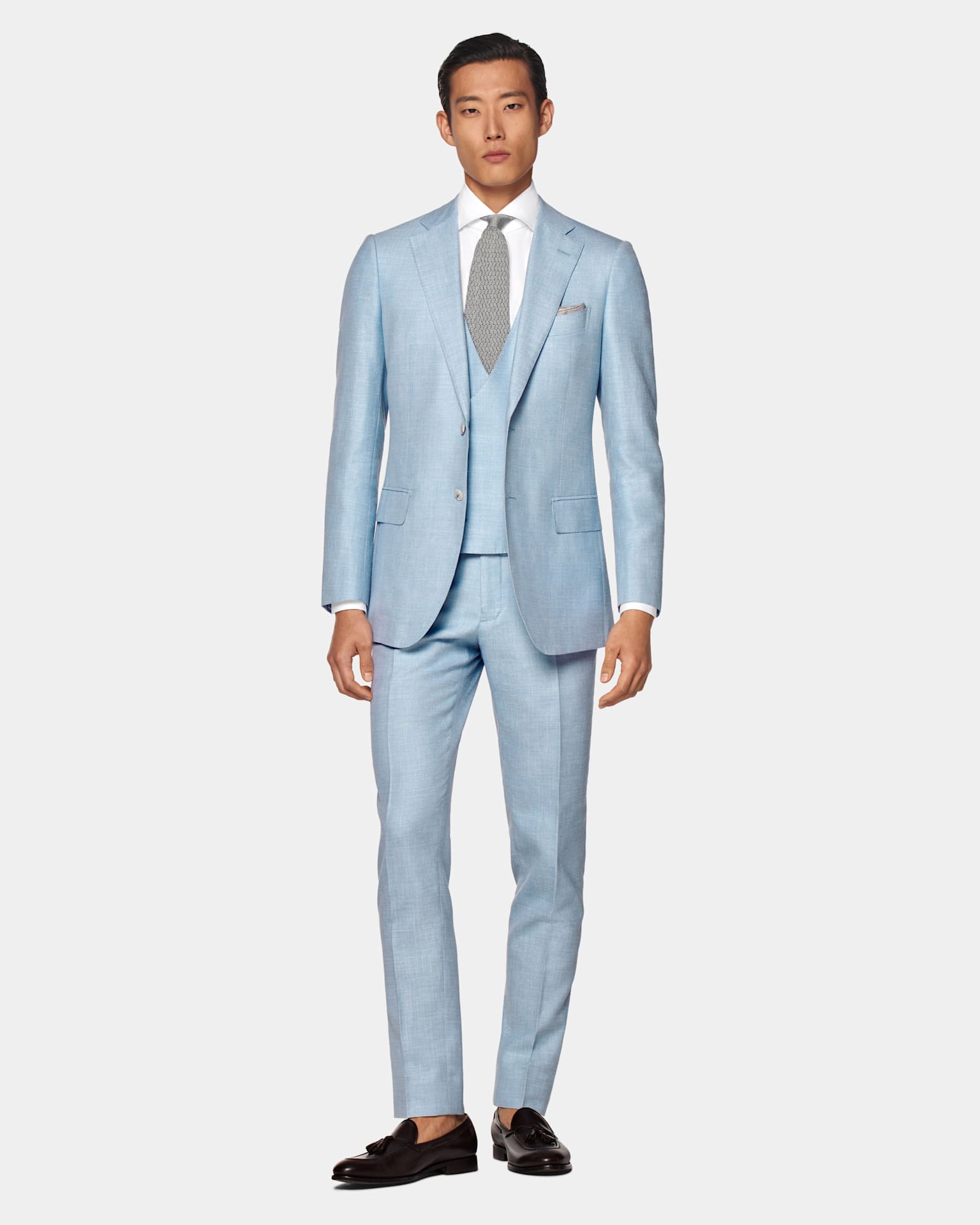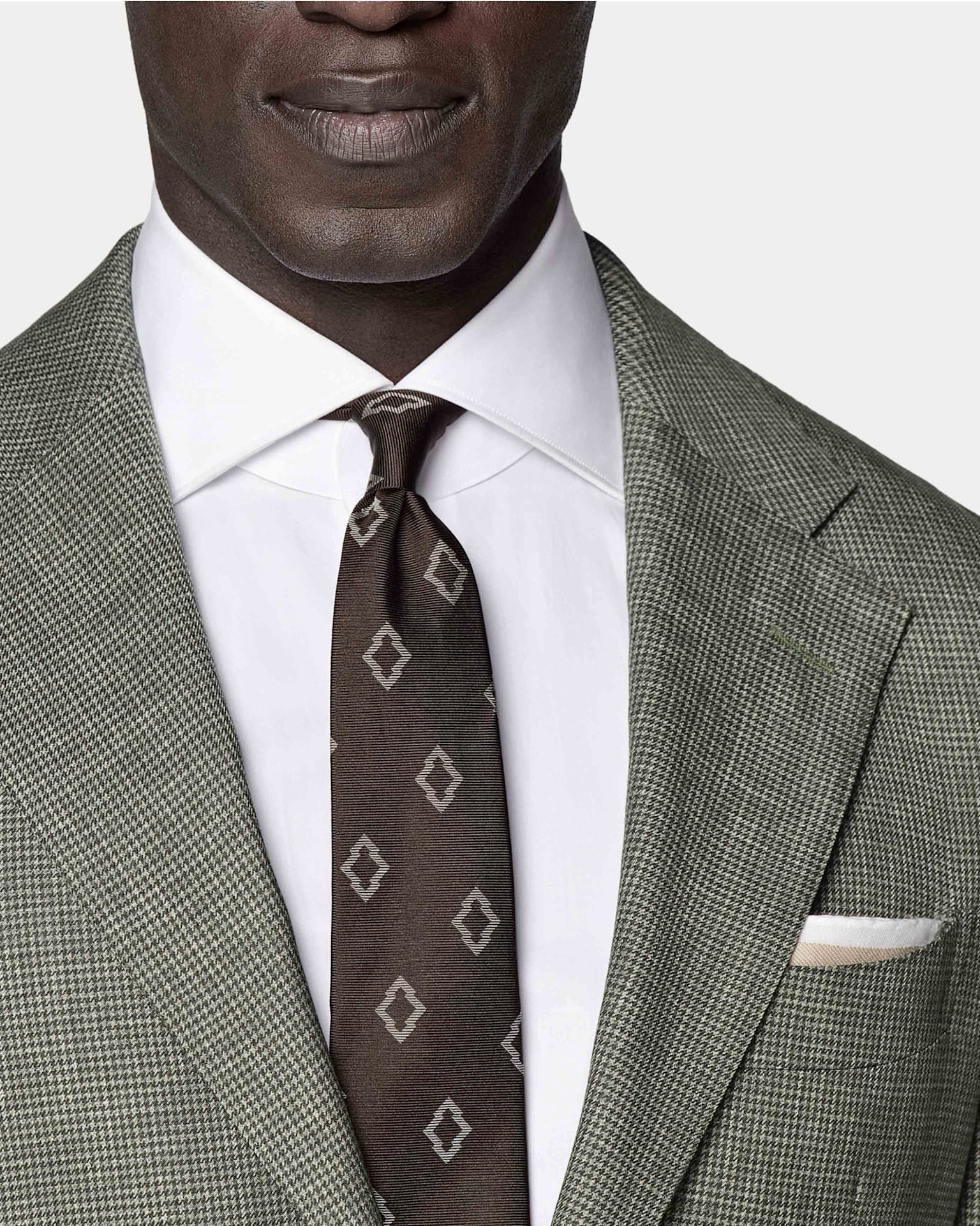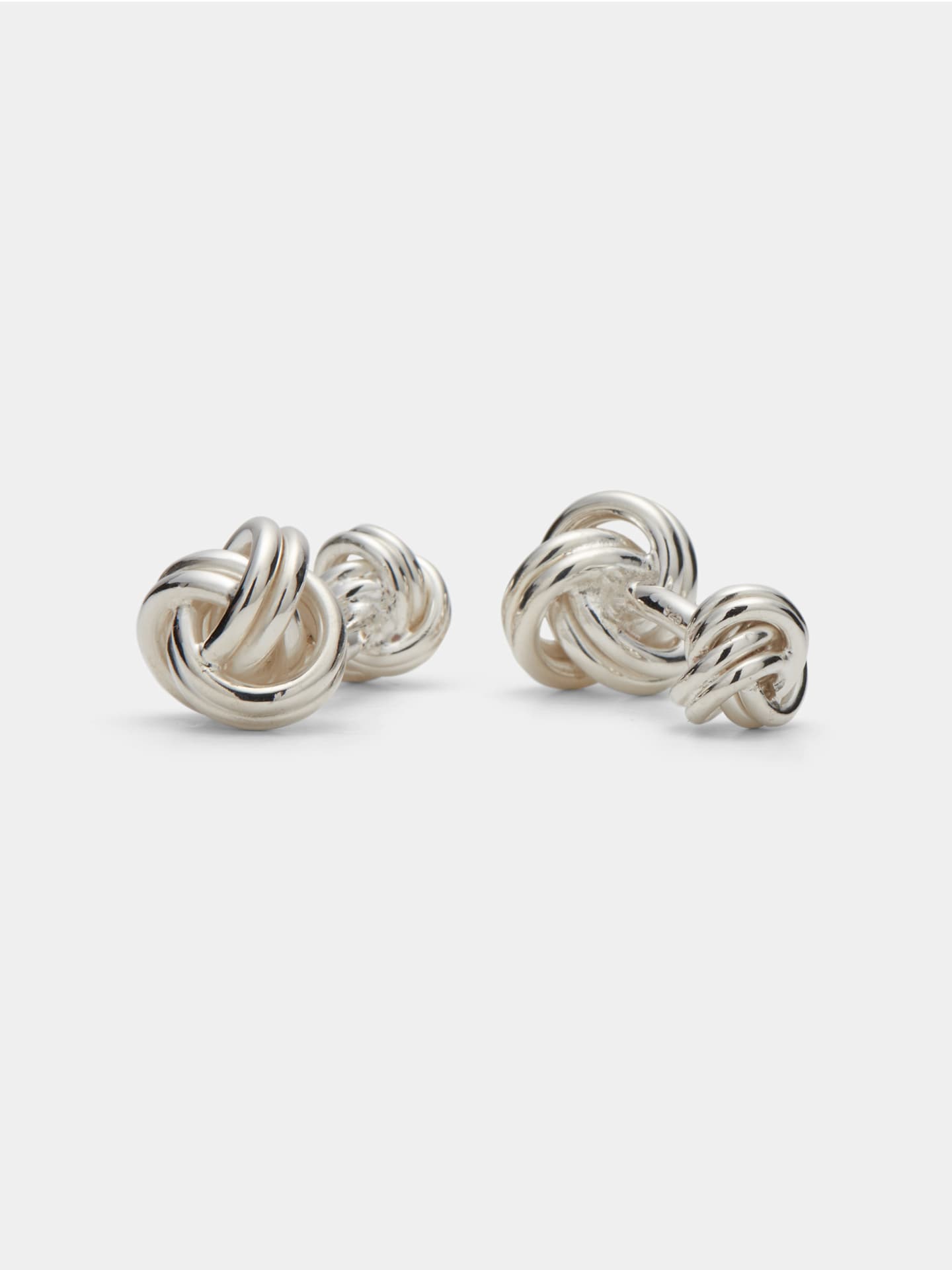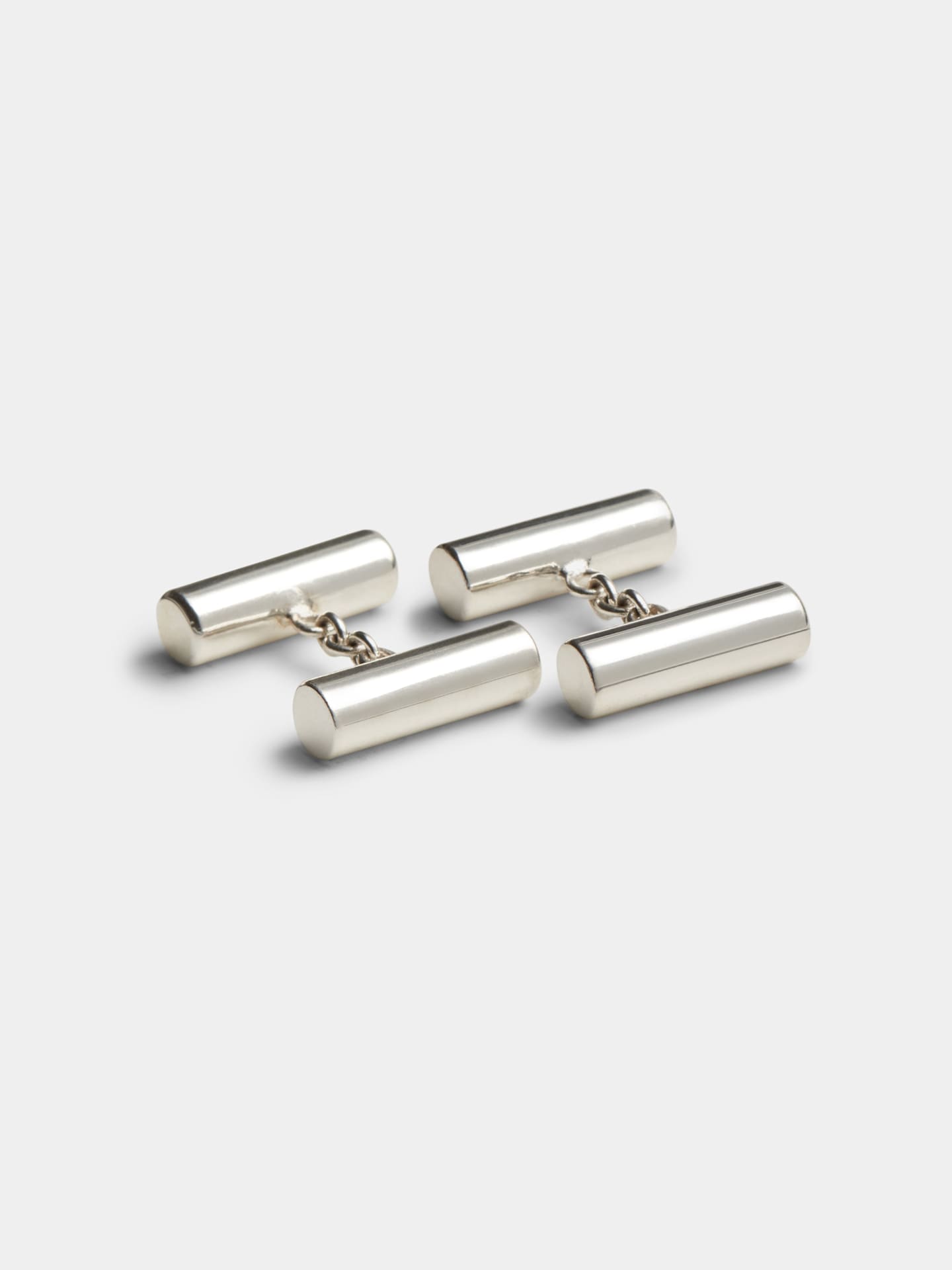Wedding
A Guide to Formal
Wedding Attire for Men
A Guide to
Formal Wedding
Attire for Men


Often mistaken as a requirement for a tuxedo, men’s formal dress code weddings may not call for the classic black-tie ensemble, but does entail a few time-honored guidelines. The last stop before going fully black-tie, a formal dress code gives you the space to look your most refined while sprinkling in a subtle touch of personality.
What is Formal Wedding Attire for Men?
Formal attire doesn’t have to be complicated—it’s all about nailing the basic elements: tailored suit, dress shirt, and tie. This dress code calls for a foundation of luxury fabrics and classic single and double-breasted fits fits, and 3-piece suits. This means skipping the super casual fabrics, loud patterns, and over-textured finishes. Instead, opt for rich worsted wools in high S numbers, blended noble fibers like alpaca, silk, or cashmere, or, depending on setting and climate, a structured cotton or linen blend.

A Colorful Classic — When in doubt, you can’t go wrong with a tailored three-piece suit in a shade of blue.
Styling wise, 3-piece suits can add some depth to the formal attire aesthetic. Single and double-breasted waistcoats paired with a single-breasted suit is a classic that never goes out of style. Deep greys, burgundy, navy or dark blue make excellent formal options.


What to Wear to a Semi-Formal Wedding for Men?
Within the formal dress code, there’s a branch called semi-formal that gives way to easing up your look, just a little bit.
Also referred to as cocktail attire, semi-formal can be explored in two ways: mix & match or sticking with a full suit with a few modifications. When going for the full suit option, you can make it semi-formal by swapping the classic woven silk tie for a textured knitted option, or given the right occasion, just losing the tie altogether.

What Colors to Wear for Formal Attire Dress Codes?
While black is always an appropriate mainstay, it’s certainly not a requirement.
Feel free to lighten up with mid-grey shades. Neutral earth tones like tan, brown, and camel and even dark greens are also welcome depending on the occasion. When it comes to blue, you can’t go wrong in navy, though brighter blues, as well as more standout shades like pale purple can also make a great options in the right setting & season.
Formal Dress Code Attire by the Season
When it comes to seasonal formal attire, it's less about the color and style, and more about the fabric. In the fall & winter, it's all about the wool blends. In the warmer months, go with a classic—a pure cotton suit.


Lighten Up — A light grey shade, as in our linen-cotton blend Havana suit brings a little color levity while remaining decidedly formal.
A classic summertime fabric, a linen suit offers unmatched breathability and easygoing appeal. When blended with cotton, it adds structure and lessens the characteristic wrinkling of pure linen.

Bring in Some Checks — You don’t have to stick to solid shades, a thin windowpane or small houndstooth is perfectly at home in formal attire.
For the cooler months, pure wool blended with cashmere or alpaca makes for a warm, refined fabric that is exceptionally soft. While wool & silk blends offer the classic feel of wool with the smoothness and subtle sheen of silk.
The Finishing Touches: Accessories for a Formal Dress Code
Adding accessories to formal attire takes a little finessing. First things first, start with the safe bets.
A classic silk tie is always a good call. For winter styles, wool flannel ties can add texture and depth, while in summer you can go for a cotton or linen blend tie. Remember that bow ties should only be reserved for black-tie attire. Add a hint of relaxed appeal by opting for a knitted tie rather than the traditional woven style.

Cufflinks are an essential for French cuffs. Go for a classic like sterling silver studs, or add a little personality with something more novel.


Suspenders in a tonal shade, like a dark brown, navy are a nice touch—when it comes to a formal dress code, never wear a belt!

The Formal Dress Code, Your Way
Now that you know the basics, sneaking in a few touches of personality will be easier to get away with. Though formal attire requires a certain sense of sticking to rules, we always encourages bending them with a little flair. Go beyond the formal dress code with a full review of all wedding dress codes in our Wedding Edit, then create a look that's uniquely you with Suitsupply Custom Made.
However you put your own spin into this elevated style, remember not to stray too far from the rules, because a formal dress code isn’t just a formality.